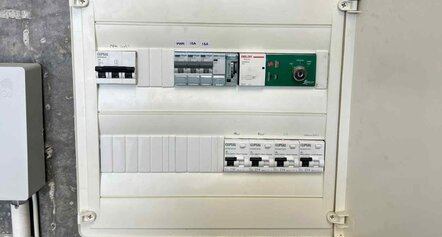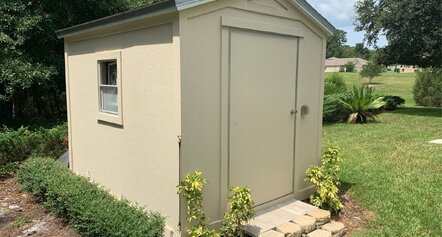Feeling a warm light switch can be a bit unsettling. It's not something most people expect, and it often sparks questions like, Is something wrong with the wiring? or Could this start a fire?
The short answer is that a bit of warmth is not always a problem. However, there are situations where it could indicate something serious. Knowing what to look for can help you decide whether it's harmless or time to bring in a professional.
Let's break down the reasons your light switch might be warm and what you should do about it.
Is It Normal for a Light Switch to Feel Warm?
In some cases, yes. A light switch can feel slightly warm and still function safely. This is especially true for dimmer switches. They work by regulating the electrical current and generate a bit of heat in doing so. A small amount of warmth is normal in these situations.
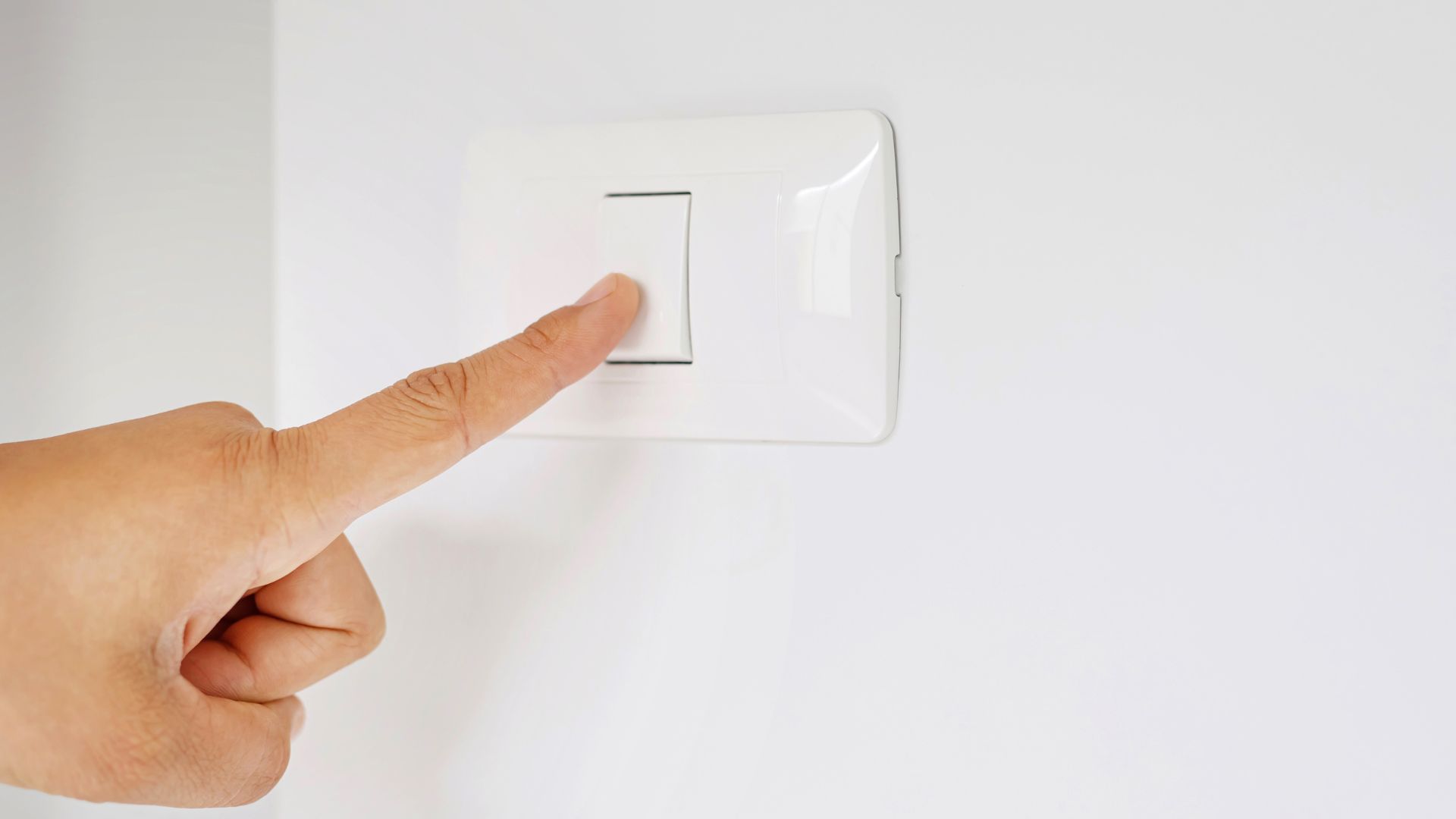
Standard on and off switches, on the other hand, should not feel noticeably warm. These types of switches are designed to either complete or break a circuit. They are not meant to handle high levels of resistance or generate heat. If your switch is warmer than usual, it may be time to investigate.
Common Causes of a Warm Light Switch
There are several reasons a light switch might feel warm, and they range from harmless to potentially hazardous. Understanding what is happening behind the scenes can help you determine whether it is a minor issue or something that needs professional attention.
Loose or Poorly Connected Wiring
Loose wiring is one of the most common causes of a warm switch. When wires are not properly secured to the switch terminals, the electrical current meets resistance as it flows through the circuit. This resistance generates heat.
It might not seem like a big issue at first, but over time, the heat can build up and damage the switch or surrounding materials. In some cases, it can even lead to electrical arcing, which poses a serious fire risk. If you suspect the wiring might be loose, it is important to have it checked promptly.
Faulty or Ageing Switches
Like most fixtures in the home, light switches wear out with age. The internal components can degrade or fail to make solid contact, especially in switches that have seen years of daily use.
This kind of wear leads to increased resistance inside the switch, which results in heat generation every time it is used. If your home is more than a decade old and the switches have never been replaced, it is worth having them inspected.
Overloaded Electrical Circuits
Overloaded circuits are a common issue in older homes. Today's households use far more electrical devices than many older electrical systems were designed to support. When too many appliances or high-wattage fittings are on the same circuit, everything on that circuit has to work harder.
This includes the switch. When a switch is pushed beyond its intended capacity, it may start to feel warm as it struggles to handle the extra load. Upgrading the circuit or redistributing the load across different circuits can help reduce this risk.
Dimmer Switches
Dimmer switches operate differently from standard switches. They regulate the amount of power flowing to the light, which naturally creates a small amount of heat. A slightly warm dimmer is normal and expected.
However, if the dimmer feels hot or continues to get warmer the longer it is in use, this could point to a compatibility issue or a faulty switch. Some dimmers are not suited for certain types of bulbs, especially LED lights, which can cause overheating if the pairing is incorrect.
Incorrect or Unsafe Installation
Improper installation is another possible cause of heat at the switch. Electrical work that does not meet Australian safety standards can result in unsafe conditions, even if everything appears to be working at first.
Common mistakes include using switches not rated for the connected load, reversing wires during installation, or making poor-quality connections. These mistakes often go unnoticed until a switch begins to overheat or fail.
External Heat Sources
In some cases, the warmth has nothing to do with the switch itself. If the switch is located near a heat source such as an oven, heater, or window with strong direct sunlight, it may simply be absorbing ambient heat.
This is less of a safety concern but can still affect the lifespan of the switch. Regular exposure to external heat can cause materials to degrade or warp over time, especially if the switch is made of plastic.
When It Might Not Be Safe
There is a big difference between mildly warm and alarmingly hot. Here are a few warning signs that something could be seriously wrong:
- A burning smell or a scent like melting plastic
- Discolouration around the switchplate
- Buzzing, crackling or humming noises when the switch is in use
- Heat that increases the longer the switch is on
- Flickering or dimming lights when the switch is touched
If you notice any of these signs, it's important to act quickly. Turn off power at the switchboard and contact a licensed electrician straight away.
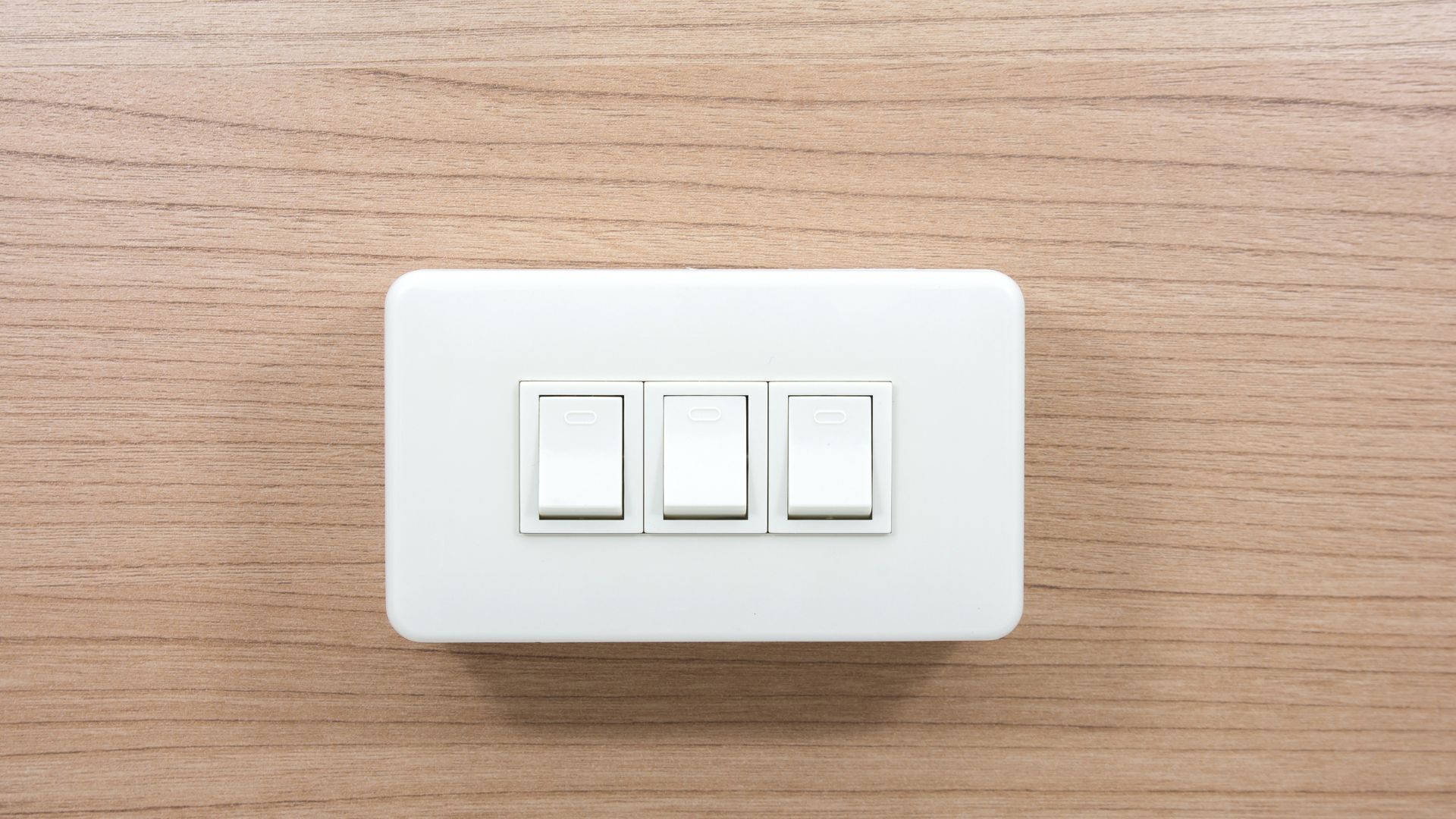
What You Should Do Next
If the switch feels slightly warm and there are no other symptoms, it could be within the range of normal. However, always keep an eye on it.
Here is what you can do:
- Turn off the power at the main switchboard if you plan to inspect anything
- Avoid removing the switchplate unless you are qualified
- Make a note of any smells, sounds or flickering
- Contact a licensed electrician for a proper assessment, especially in older homes
All new electrical work should meet Australian standards, specifically AS/NZS 3000. These standards help ensure installations are safe and reliable.
How to Prevent Warm Switch Issues
Prevention is key when it comes to electrical safety. Here are a few helpful tips to keep things running smoothly:
- Use switches that are rated for the correct wattage and load
- Never attempt DIY electrical work
- Choose fittings and dimmers that are compatible with your lights
- Avoid overloading circuits with too many devices or high-wattage bulbs
- Schedule inspections for properties over 15 years old
- Keep switches free of dust and dirt
- Avoid running electrical cords under rugs or furniture
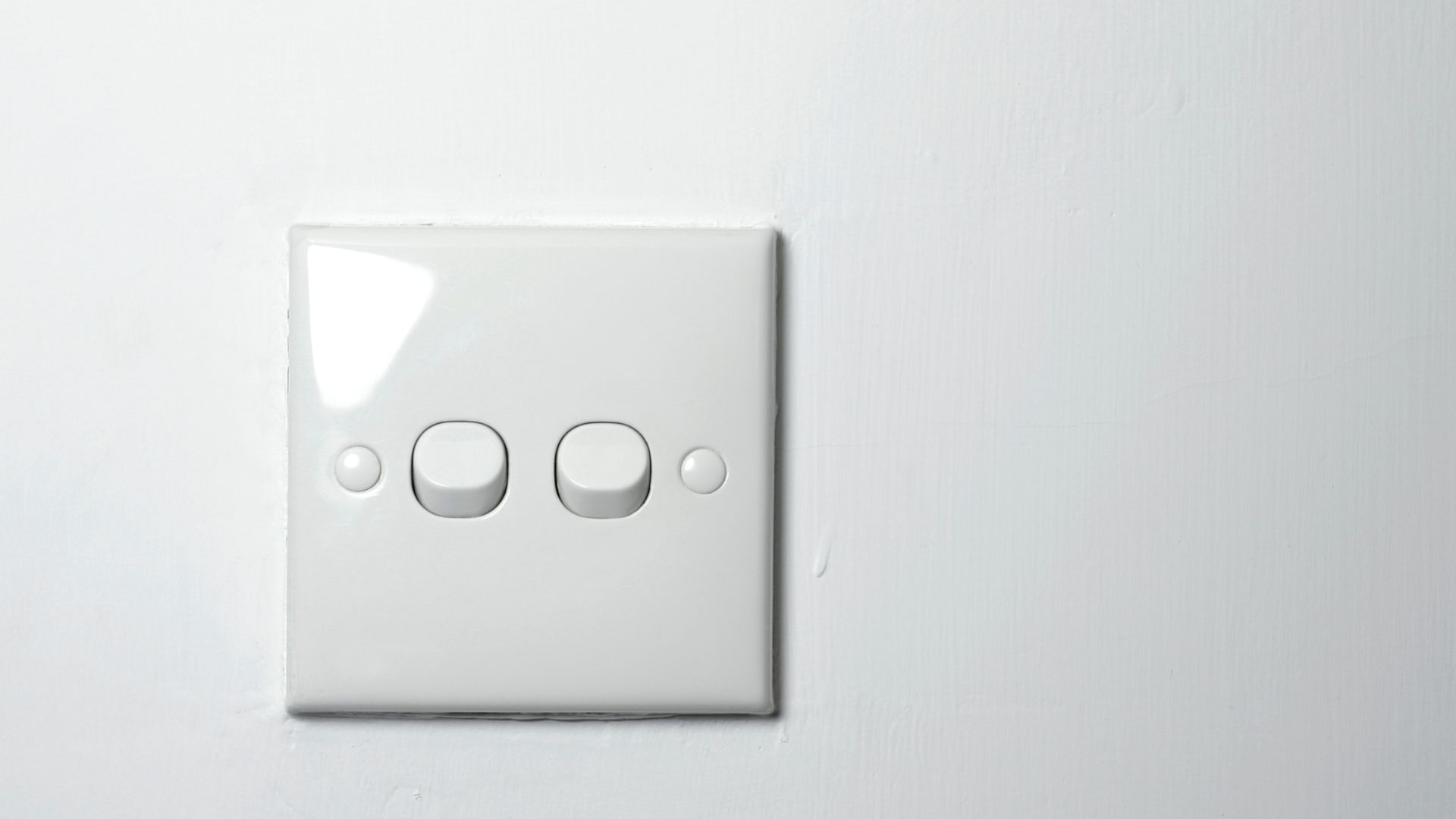
Keep Safety Front of Mind
While a warm light switch might not always mean trouble, it should never be ignored. It might be nothing, or it could be the start of a serious electrical issue.
Always err on the side of caution. If your switch feels hotter than it should, smells strange or seems to be acting up, turn off the power and get it checked. Quick action can prevent bigger problems later on.
If you are looking for a local, reliable and responsive electrician on the Sunshine Coast, speak with our Watt Edge Electrical team today!


